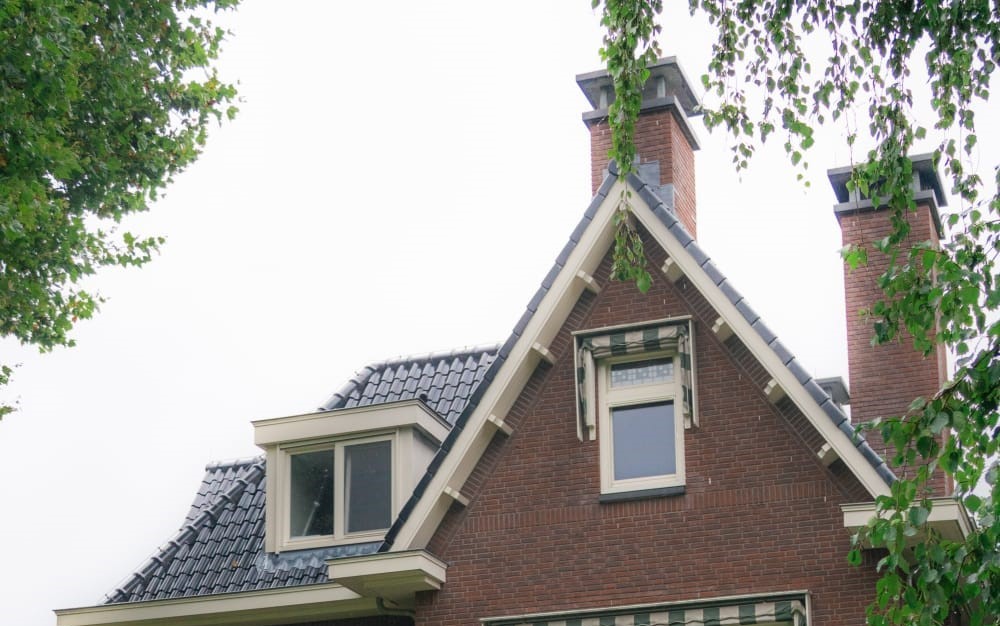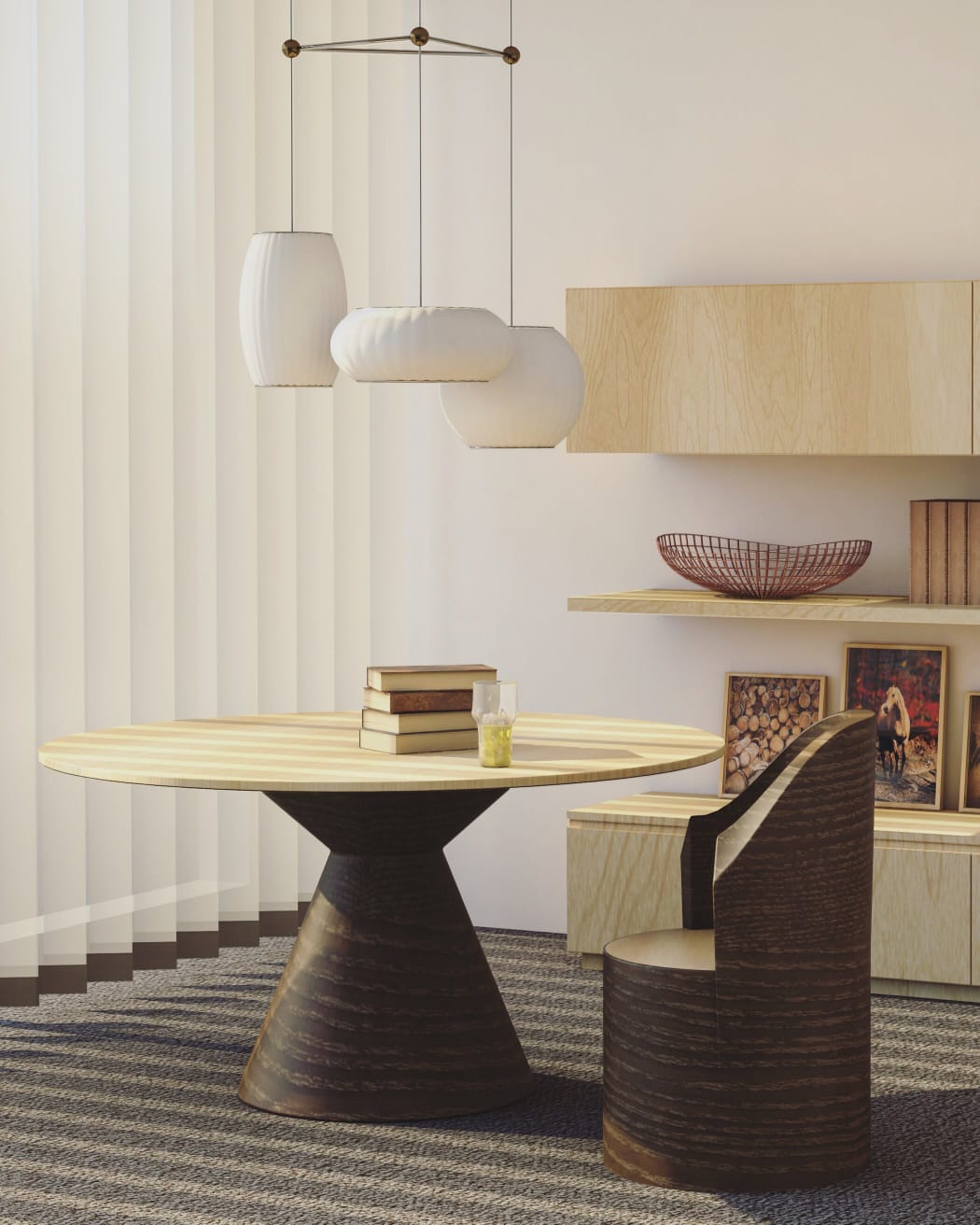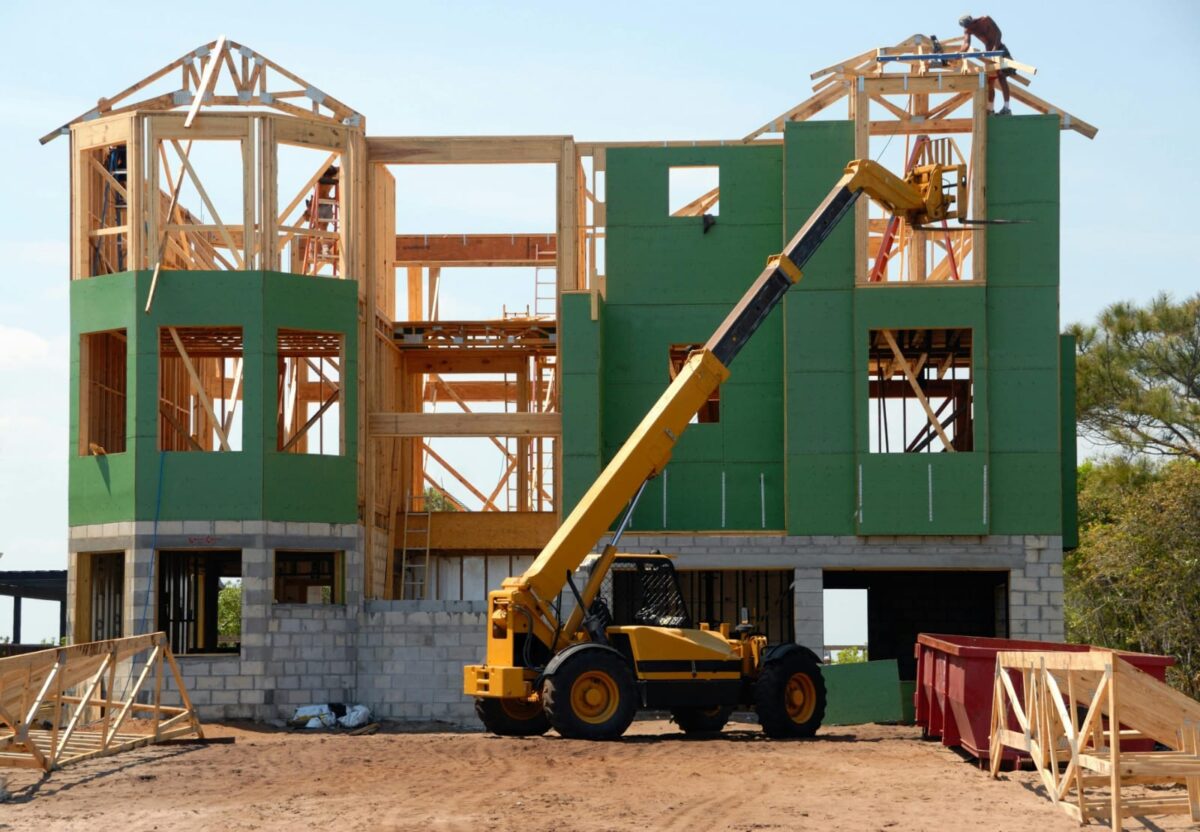
What Are Single-Family Homes?
At their core, single-family homes are standalone dwellings designed to accommodate one family, distinguishing them from multi-family residences such as apartments or townhouses. These homes typically feature private yards or outdoor spaces, providing residents with a sense of ownership and autonomy. Whether nestled in quiet suburbs or nestled within bustling urban neighborhoods, single-family homes offer a sanctuary for families to thrive and grow.
The Evolution of Single-Family Homes
The concept of single-family homes has evolved over centuries, reflecting changes in architectural styles, societal norms, and economic factors. In colonial America, single-family homes were modest structures built with locally sourced materials, serving as homesteads for pioneering families. As the nation expanded, so did the diversity of single-family home designs, from Victorian mansions to Craftsman bungalows, each reflecting the prevailing architectural trends of their respective eras.
Benefits of Single-Family Homes
Privacy and Space: One of the primary advantages of single-family homes is the privacy they afford. With no shared walls or common areas, residents enjoy a sense of seclusion and autonomy, free to personalize their living spaces according to their preferences. Additionally, single-family homes often feature ample outdoor space, ideal for gardening, recreation, or entertaining.
Sense of Ownership: Owning a single-family home instills a sense of pride and stability. Unlike renting, homeowners have the freedom to make structural modifications, decorate to their liking, and create lasting memories within their own four walls. This sense of ownership fosters a deeper connection to the community and a greater investment in its well-being.
Potential for Appreciation: Historically, single-family homes have proven to be sound investments, with the potential for long-term appreciation in value. As demand for housing continues to outstrip supply in many markets, owning a single-family home can provide financial security and wealth-building opportunities for homeowners.
Factors Influencing the Appeal of Single-Family Homes
Desirable Neighborhoods: Location plays a pivotal role in the appeal of single-family homes. Proximity to quality schools, parks, shopping centers, and other amenities enhances the desirability of a neighborhood, attracting families seeking a convenient and vibrant lifestyle.
Quality of Life: Single-family homes offer a higher quality of life compared to multi-family dwellings. With more space, privacy, and freedom to customize, residents can enjoy a greater sense of comfort and well-being, fostering a stronger sense of community and belonging.
Flexibility and Versatility: Single-family homes come in a variety of sizes, styles, and configurations, catering to diverse lifestyles and preferences. Whether it’s a cozy cottage, a spacious ranch-style home, or a modern minimalist dwelling, there’s a single-family home to suit every taste and budget.
Challenges and Considerations
Financial Commitment: While single-family homes offer numerous benefits, they also require a significant financial commitment. Beyond the initial purchase price, homeowners must contend with ongoing maintenance costs, property taxes, insurance premiums, and utilities, which can add up over time.
Responsibility for Repairs and Maintenance: Unlike renters who can rely on landlords for repairs and maintenance, homeowners are solely responsible for the upkeep of their properties. From routine maintenance tasks like lawn care and HVAC servicing to unexpected repairs such as plumbing leaks or roof damage, homeowners must be prepared to invest time and resources in maintaining their homes.
Isolation and Commuting: In some cases, single-family homes located in suburban or rural areas may be isolated from urban amenities and require longer commutes to work, school, or entertainment options. While this isolation offers peace and tranquility, it can also result in increased reliance on personal vehicles and limited access to public transportation.
The Future of Single-Family Homes
Despite the rise of alternative housing options such as condominiums and townhouses, single-family homes continue to remain popular among homebuyers, particularly families seeking space, privacy, and a sense of community. As urbanization and population growth continue to shape the housing landscape, single-family homes will likely adapt to meet changing needs and preferences, incorporating sustainable design features, technological advancements, and flexible living spaces.
Conclusion
Single-family homes occupy a cherished place in the fabric of American society, embodying values of independence, stability, and prosperity. From quaint cottages to sprawling estates, these homes serve as more than just shelter; they are the foundations upon which families build their lives and communities flourish. While challenges exist, the enduring appeal of single-family homes persists, ensuring their continued relevance in the ever-evolving housing market.
FAQs:
- What are The Future of Real Estate: 10 Bold Predictions for 2024?
- What is unlocking opportunities: Exploring the world of crowdfunded real estate?


